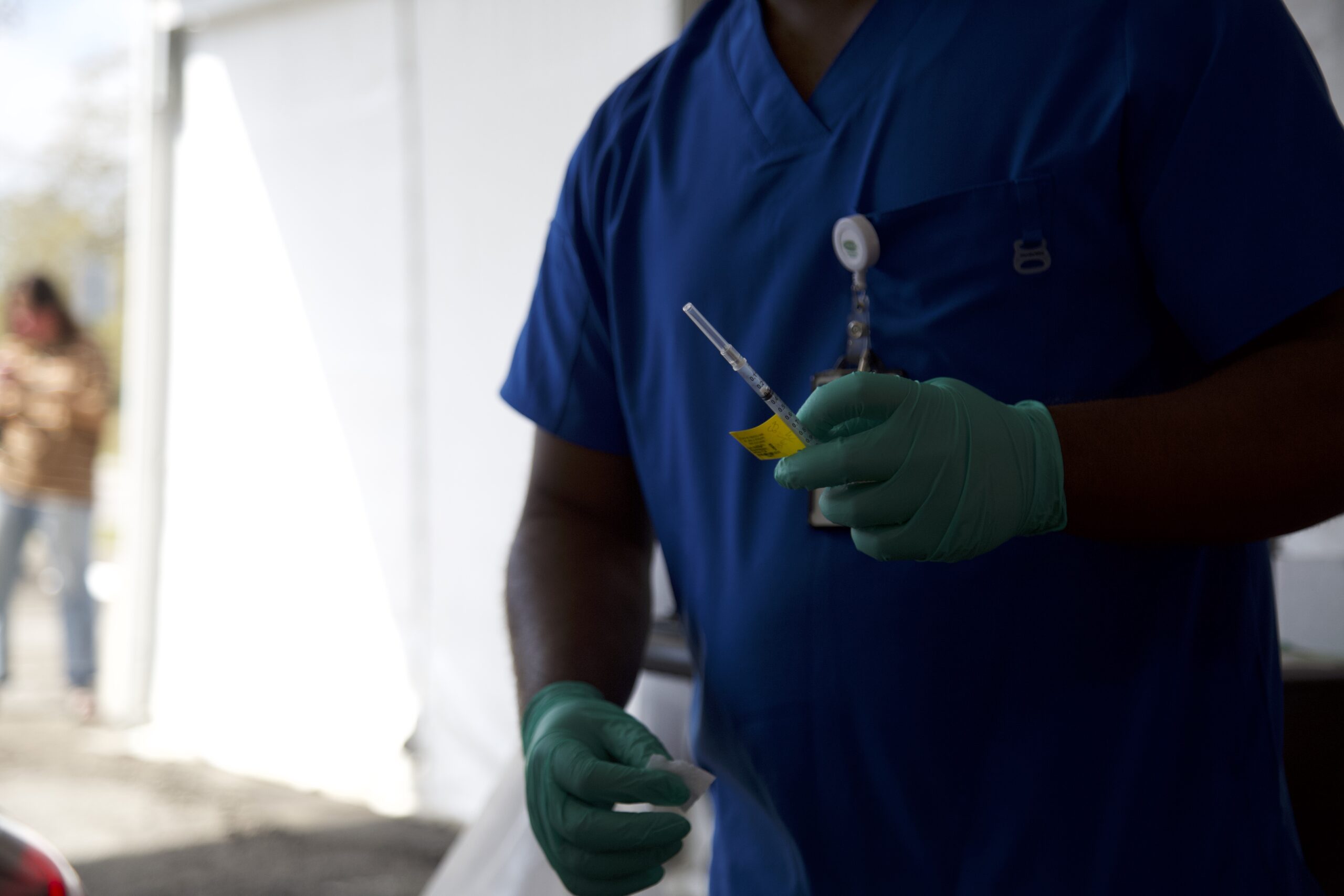OPINION: Telehealth is taking the essence of medicine out of Tampa health care

Telehealth gained popularity during the pandemic as it allowed patients to receive virtual medical care. Its popularity continued to increase while in-person patient-physician interactions suffered through the loss of comfort and security that physicians provided in person.
These virtual appointments spiked during the pandemic, but in December 2021, after months of stabilization, telehealth appointments were still shown to be 38 times higher than before COVID, as stated in a 2021 report by medical software company PrognoCIS.
The essence of medicine is centered around in-person communication between the patient and physician, and telehealth has caused barriers to this communication on both ends. It is essential that Tampa healthcare institutions prioritize in-person care and only offer virtual healthcare for extenuating circumstances.
Not only have telehealth appointments made it difficult for doctors to give thorough examinations and accurate diagnoses, but patients also don’t feel as comfortable opening up to someone they can only see through a screen.
Throughout the pandemic, physicians expressed their concerns about telehealth and how they can no longer perform physical exams on their patients, which makes diagnosing more difficult, according to a 2021 study by the Journal of the American Board of Family Medicine. This shows that it not only affects how comfortable the patient feels using this service as a form of healthcare but also how it complicates the job of the physician to properly diagnose their patient.
USF Student Health Services provides telehealth for a variety of medical fields including general medicine, dermatology, gynecology, nutrition and psychiatry, according to the Student Health Services’ website.
However, students cannot be given a proper medical solution through a telehealth service for some of these medical fields.
Students that are in need of mental health assistance or have concerns regarding gynecology or dermatology may already feel that they are in an uncomfortable situation. At Illinois College, 93% of students expressed that they would rather talk to someone about their health concerns in person compared to over a computer where non-verbal comfort communication signs cannot be expressed as fluidly, according to a Nature Public Health Emergency Collection study.
Additionally, the increased use of telehealth services will affect college students pursuing a medical career. With telehealth, medical students lose the in-person interactions of diagnosing and treating patients which are essential to experience before entering a medical career. These students will also not learn how to build strong patient-physician relationships as all types of communication are not easily interpreted through a virtual service compared to an in-person appointment.
Moffitt Cancer Center provides telehealth to its patients. However, its use has caused a setback with patients diagnosed with cancer as the majority of this group includes an older population, according to a 2022 study by Frontiers in Public Health journal. This population may have limited access to this technology or feel uncomfortable using a computer or smartphone for these interactions.
Telehealth does provide a quick and cheaper way to access medical care and prevents the spread of disease, according to the Harvard Health Publishing website. However, his doesn’t outweigh the drawbacks. If patients have more severe illnesses such as cancer patients at Moffitt Cancer Center, physicians cannot provide the best care and treatment from miles away.
Although telehealth services can be improved by institutions, in-person appointments should be prioritized as they can provide patients with a better overall experience when dealing with their medical concerns.
Virtual health care services have continued to be used after the pandemic in Tampa to aid in the prevention of spreading diseases and cost savings, but the relationship between physicians and patients has changed through its use. A doctor’s job is not only to diagnose and treat a patient, but also to provide a safe and comforting environment where the patient can express their medical concerns or needs.
Through telehealth, this is more difficult to achieve due to a lack of nonverbal communication. Hospitals and clinics must implement strategies that will aid the patient and physician to make it a better experience for both individuals.







